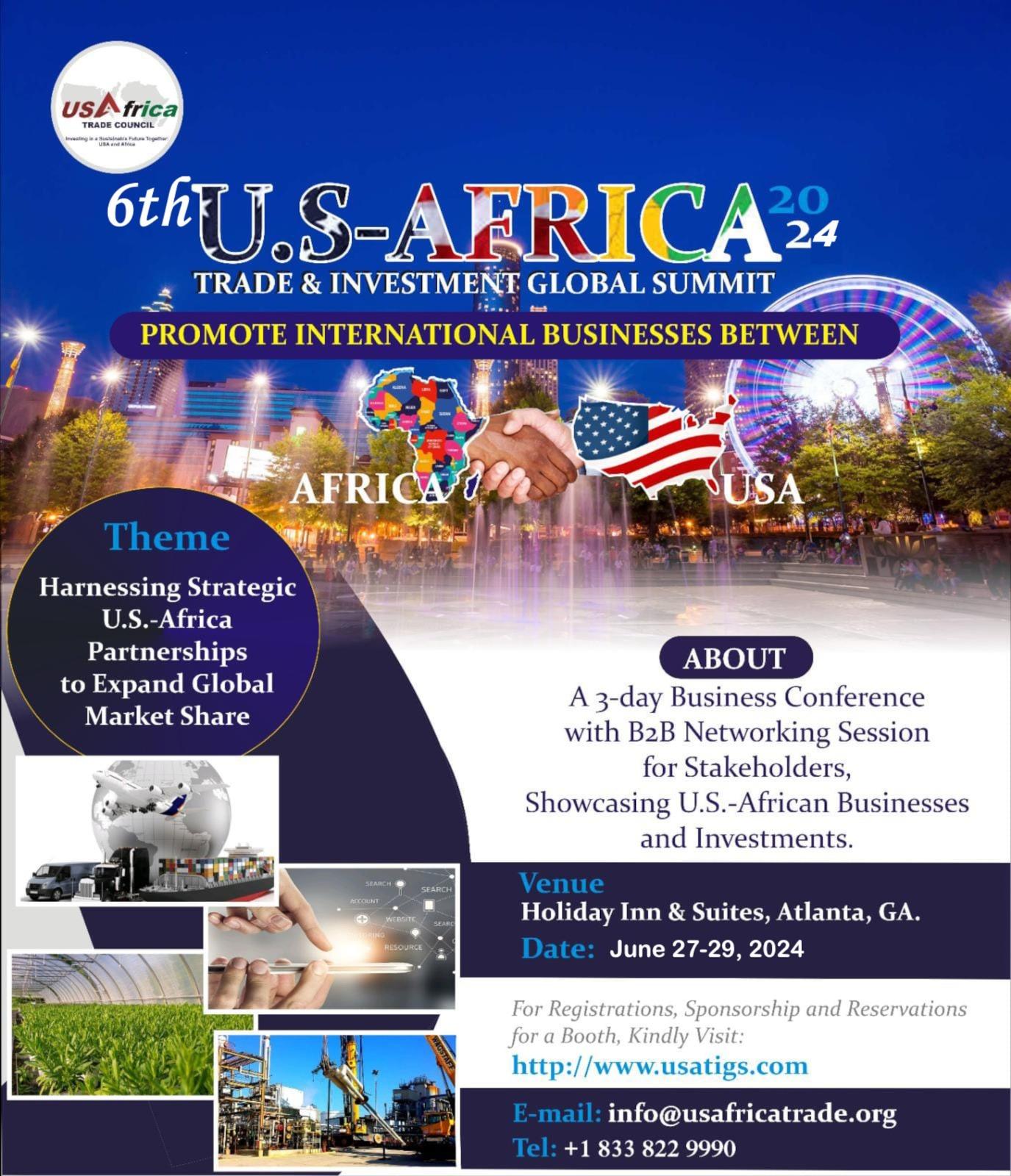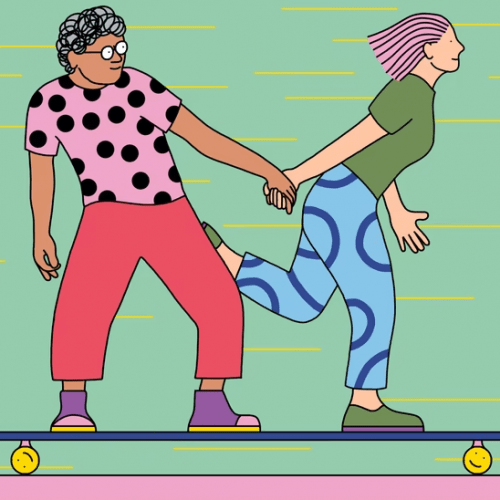KWARA State Government is insisting on hijab in its schools for female Muslim students. But because the schools are missionary-founded, Christians last week said no way to an Islamic identity dress code; and because these are public/government-funded schools, Muslims rose and said yes to hijab – and anarchy took over from there. Like big cats in the wild, the two sides locked claws and jaws and blood flowed. But I did not see any of the persons of power among the fighters. They were not among the beaten and the wounded.
They watched the mayhem at home, in their easy chairs, picking their teeth. Even their children were not seen in the pro- and the anti-hijab cannon fodders. Are the rich and powerful in Kwara neither Muslims nor Christians? If they are, why didn’t they join the hijab street brawl, get their skulls cracked and their limbs broken in defence of their religion? Why is it always so that when big men start a war, it is the small men who fight and die in it?
Religion is an ageless effective tool for political manipulation. “There is nothing more important than appearing to be religious,” asserts Niccolo Machiavelli, author of The Prince. Machiavelli points at religious institutions, and at dubious church leaders, how strong and powerful they’ve always been and how they “keep their rulers in power no matter what they do or how they live.” Donald Trump did it with the US evangelicals, and it worked for him. Here, it is even more devastatingly useful in promoting or destroying political objects. Hank Eso, in his ‘Nigeria: Religion as a Tool of Politics,’ argues that while “soccer is singularly the sole and most unifying factor in Nigeria, nothing is as divisive as religion – especially when it is used as a tool of politics.”
When Nigerian politicians need iron crutches to support their wobbling limbs, they look for religion and its unfailing totems. We saw it with the wind of political sharia that kept the ship of a governor sailing in Zamfara some 20 years ago. The survival ark is not difficult to build. Where Christians are in the majority, politicians make fiery pro-Christianity speeches denouncing attempts by their opponents to Islamise their country and undermine the secularity of the nation. In places where the majority are Muslims, hijab works very well as the magic political wand.
The hijab-for-girls fire did not start today. The historical wind of its push and pull, demand and resistance is never tired of blowing. And the tension is not even just a Muslim versus Christian struggle. Among Muslims, the debate has been on across ages – who should wear it? Why? Where and how? At various times, Muslim majority countries like Egypt, Turkey, Tunisia, Kosovo and Azerbaijan have had to ban (and unban) hijab in schools, each decision coming with consequences. Egypt presents an interesting example. The leader of the Egyptian Muslim Brotherhood once went to the President of the country, General Gamal Abdel Nasser, with a proposal: He asked the president to enforce the wearing of the hijab.
Nasser looked at his guest, laughed and said: “Sir, I know you have a daughter in college — and she doesn’t wear a headscarf or anything! Why don’t you make her wear the headscarf? So you can’t make one girl, your own daughter, wear it, and yet you want me to go and make ten million women wear it?” Hijab has remained a live issue in that country since then. Baher Ibrahim, a Muslim Egyptian doctor in a November 2010 article in The Guardian (US), asked what exactly the point was in imposing a scarf on a little girl, and why it was becoming more common. He wrote: “the very sight of a little girl in a scarf is both disturbing and confusing. Adult Muslim women are expected to dress modestly so that men outside the family cannot see their bodies.
But what is the point of a child or pre-pubescent girl wearing a hijab?” That was eleven years ago; it will be nice to read informed updates on this viewpoint in 2021 from men and women of knowledge. Authorities (men and women) in Islamic jurisprudence in Nigeria should come out more robustly, showing us where the Quran and the Hadith say kids of school age must wear the veil. Who knows, doing this may light up the country.
Discussing hijab is as problematic as its politics. It is one issue that provokes questions horned with terrible figures of speech. Its inflammable spirit knows not first or third world. Different strokes. Where hijab is made compulsory, you find people who shout human right and rebel against the state. Where it is voluntary or banned, it becomes an object of obsession, of deviance against authority and of group identity – and also of fundamental human rights. Four years ago, scores of Muslim women in Islamic Republic of Iran yanked off their hijab.

They flagged their jet-black hair rebelliously on the puritanical streets of Tehran daring the state and its strong arms. The Girls of Revolution Street’s December 17, 2017 protest was an open confrontation with the law that made hijab compulsory for all females of the Islamic Republic. The protesters demanded good governance and asked for their rights to wear and unwear anything as human beings. They saw compulsory hijab as oppressive, dictatorial, and diversionary from the real problems of their existence. Scores of these deviants were arrested for “committing a sinful act” and for “encouraging immorality and prostitution.” The struggle between the two (Muslim) extremes continues.
But 5,649.8 kilometers westwards away from Iran, pro-hijab protests ruffle the secular feathers of France. Right-claiming Muslim ladies in French universities ask “why it is so upsetting to have someone in class because she wears a veil” whereas in so-called secular, public schools, “there are no exams on Saturdays because it’s the Sabbath…and nobody talks about it.” I have heard these arguments in Nigeria too. Why are publicly funded schools bearing religious names, doing sectarian acts in a secular democracy? But the devil is in the geography of where the points are made. It is also in the motives for official inscription of the veil in government scrolls. When governments here get overwhelmed by people’s demands for the meat of democracy, officials throw the bones of religion to their baying dogs and stoke a fight. Then the dog-war starts, the handlers laugh; then they go back to their feast – undisturbed.
And I wonder why we cannot see the General Nasser point increasingly here in Nigeria. Kids of our big men of faith and piety, who go to night clubs, do they go there in veils? Why are they too chic to be hidden behind the veils of religion?
We cannot waste valuable energy on skin rashes while leprosy is untreated and we say we are well – or will be well. What is Kwara’s rank on the school certificate examination performance index in Nigeria? The eunuch of the Kwara State government and its people (Christian and Muslim) want to be fruity, but they have left the right orifice unthreaded. Fumbling with the needle of religion won’t take them out of their poverty which, in itself, is also a sin. How is this crisis going to make that state come first in good things in Nigeria? How is the controversy going to make its citizens better human beings which, really, is the objective of all faiths? But they are not alone in that unprofitable venture.
The whole country is. We are too involved in the profanity of matters like hijab and school names to ask questions about the life we live. We see no madness in marching onto the street to start stoning our brothers and sisters because of symbols of religious identity. We see no sin in huddling kids, boys and girls, in primary and secondary school classrooms without chairs. Where is our sense; our faith and our humanity? In countries where sensible leaders lead, the covid protocols envelop all levels of their educational system. But we sidestep sense, close varsities, open primary and secondary schools, inject religious riots into them, and say we are avoiding the pandemic. While we fight over veil-wearing in overcrowded primary and secondary schools, our universities are either closed or they float in the virtual space. And we say we are not a confused, clumsy lot.
So, what is the way out of the hijab quagmire in our schools? The proponents see it as both a religious obligation and a rights matter. The Christian community is asserting its foundational proprietary rights over the Christian mission schools. The courts have lent their support to Muslims’ human rights argument on hijab – the rights to practise a religion and wear whatever they like. However, that the problem pops up here and there, now and then, despite court pronouncements should be enough to tell us that the solution is not in the courtroom.
So, where is it? I have asked to be educated on whether Christians send their kids to Muslim-founded public schools and if they do, what do they wear there. And why are we not hearing unpleasant cross-religious noise from there? Whatever is happening or not happening in these Muslim mission public schools is worth exploring for our peace. And for the sake of the sanity of the innocent children being deployed to fight the elite’s religion-political battles, enough should be enough.

















